 The lands of Lumsden are first mentioned in a charter dated 1098 of Edgar, King of Scots and son of Malcolm Canmore. Gillem and Cren de Lumsden are the earliest recorded owners of the lands.
The lands of Lumsden are first mentioned in a charter dated 1098 of Edgar, King of Scots and son of Malcolm Canmore. Gillem and Cren de Lumsden are the earliest recorded owners of the lands.The manor of Lummesdene is first mentioned in 1098, when Edgar, King of Scots, son of St.Margaret and Malcolm III Canmore, refounded Coldingham Priory, endowing it with the villages of Coldingham, Lummesdene, Auldecambus, Renton and Swinewood in the County of Berwick.
This name derives from the old manor of Lumsden in the parish of Coldingham, Berwickshire. the earliest recording of the name appears some time between 1166 and 1182 when brothers Gillem (William) and Cren de Lumsden witnessed a charter by Earl Waldeve of Dunbar to the Priory of Coldingham.
The first recorded possessors of the lands, divided into Easter and Wester Lumsden, were Gillem and Cren de Lummisden who, between 1166 and 1182, attested a charter granted to the priory of Coldingham by Waldeve, Earl of Dunbar.
Gillem and Cren de Lummisden were the first holders of the lands of Lumsdene on historical records. One Gilbert de Lumisden is recorded in the charters from the years 1249 to 1262 showing that the Lumisdens must have been well established in Scotland at that time.
Gilbert de Lumisden appears as witness to charters 1249-1262.
The name of the proven common ancestor of the Lumsdens comes into history through an event which occurred in 1286 and which led to the wars of Scottish Independence.
In 1296 Adam Lumsden of that Ilk and Roger de Lumsden were among those who did forced homage to Edward I of England, their names appearing on the Ragman Rolls.
Adam was the first recognized chief of the Clan and from him decended Gilbert. Around 1328 Gilbert de Lumsden married the heiress of Blanerne, he later adoped her crest of a white-taled eagle devouring a salmon. This crest is still used by the Fife branch of the family.
Alexander III was killed by a fall from his horse, leaving as heiress his baby granddaughter Margaret, Maid of Norway who was betrothed to Prince Edward of England (later King Edward II). She died on the voyage to Scotland.
The Scots Barons, unable to agree on the succession, asked Edward I, King of England to mediate and choose one of three claimants to the throne of Scotland. Edward chose John Balliol to be his puppet King.
When the Scottish nobles urged him into showing some independence his reign was ended and Edward invaded Scotland in 1292, subdued all opposition, removed the national archive, the Crown and the supposed Stone of Destiny to England.
The heads of noble landowning families were forced to sign an acknowledgement of Edward as their King. Adam de Lumisden of that Ilk did forced homage in 1296 and, as did his son Roger de Lummesdene, signed the Ragman Roll.
From this Adam, the first recognised chief of the Name and Arms of Lumsden, descended Gilbert who married the heiress of Blanerne (charter of 15 June 1329) adopting her Crest of a blanc erne, or White tailed eagle, preying on a salmon.
Around 1328 Gilbert de Lumsden married the heiress of Blanerne of that Ilk and in 1329 received a charter from the Earl of Angus for the Blanerne lands. By the mid 14th Century offshoots of the family had charters to lands in Conlan in Fife and Medlar and Cushnie in Aberdeenshire.
From Gilbert's elder son, Gilbert, descend the families of Lumsden or Lumsdaine of Blanerne in Berwickshire and Airdrie, Innergellie, Rennyhill, Mountquhanie, Stravithie, and Lathallan in Fife. His younger son, Thomas, had a charter in 1353 of the lands of Drum and Conland in Fife and East and West Medlar (Cushnie) in Aberdeenshire. From him descend the Northern Lumsdens of Conland, Cushnie, Tillycairn, Clova and Auchindoir, Belhelvie, Pitcaple, Balmedie, Banchory and other estates and baronies in Aberdeenshire, Banffshire and Kincardineshire.
The Lumsdens have a complicated system of branches that became established as they grew and spread to new territories. Gilbert's son, another Gilbert, was the progenitor of the Lumsdens of Blanerne, Airdrie, Innergellie, Stravithie, Lathallan and Rennyhill.
Gilbert's brother, Thomas, was the progenitor of the Lumsdens of Cushnie-Lumsden, Tillycairn, Clova as well as Auchindoir.
The Lumsdens have been noted in Scottish society in various capacities, their influence spreading beyond their native land. Sir James Lumsden chose to fight for the King of Sweden during the Thirty Year's War. His brother, William came out on the royalist side during the civil war after 1644.
Three Lumsden brothers fought for the Swedish King, Gustavus Adolphus in the mid 1600s. A unit in his service was named Lumsden's Musketeers.
One of the brothers, James Lumsden of Innergellie returned from his duties for the Swedish King to support the Covenanters; he fought at Marston Moor in 1644, where Charles I was defeated and captured, and at the Battle of Dunbar in 1650 where he served under David Leslie.
His brother Robert of Mountquhanie defended Dundee against General Monck and was killed on its surrender.
Sir Andrew Lumsden, was primate of Scotland in 1713, serving in the Episcopal Church.
The Lumsdens were also noted for their work abroad. Sir Harry Burnett Lumsden of Belhelvie was a Knight of the Order of the Star of India although he is probably better remembered for being the first to adopt khaki coloured uniforms in the north west of India, a colour later to be widely used in the army.
The village called Lumsden in Aberdeenshire was named so by Harry Leith of Lumsden of Achindoir in 1825.
The Lumsdens have also given their name to the village of Lumsden in Aberdeenshire, and townships and villages in Canada, New Zealand and Jamaica. Apart from the New World and the old territories of the British Empire, Lumsdens are also found in South America and Sweden.
Contrary to what some publications on Clans and Septs state, the Lumsdens are independent with their own Chief and Tartan. The only Sept of Lumsden is that of Cushnie.
Blanerne or Lumsden Castle, Duns, was acquired in the 14th Century. Cushnie, Alford, Pitcaple Castle Inverurie and Tillycairn Castle, Cluny are also owned by the family.








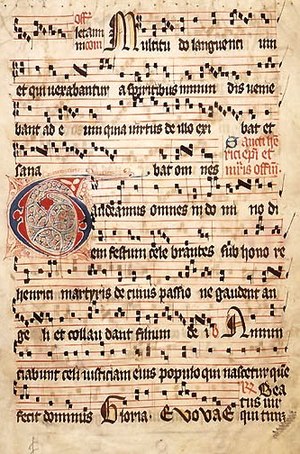

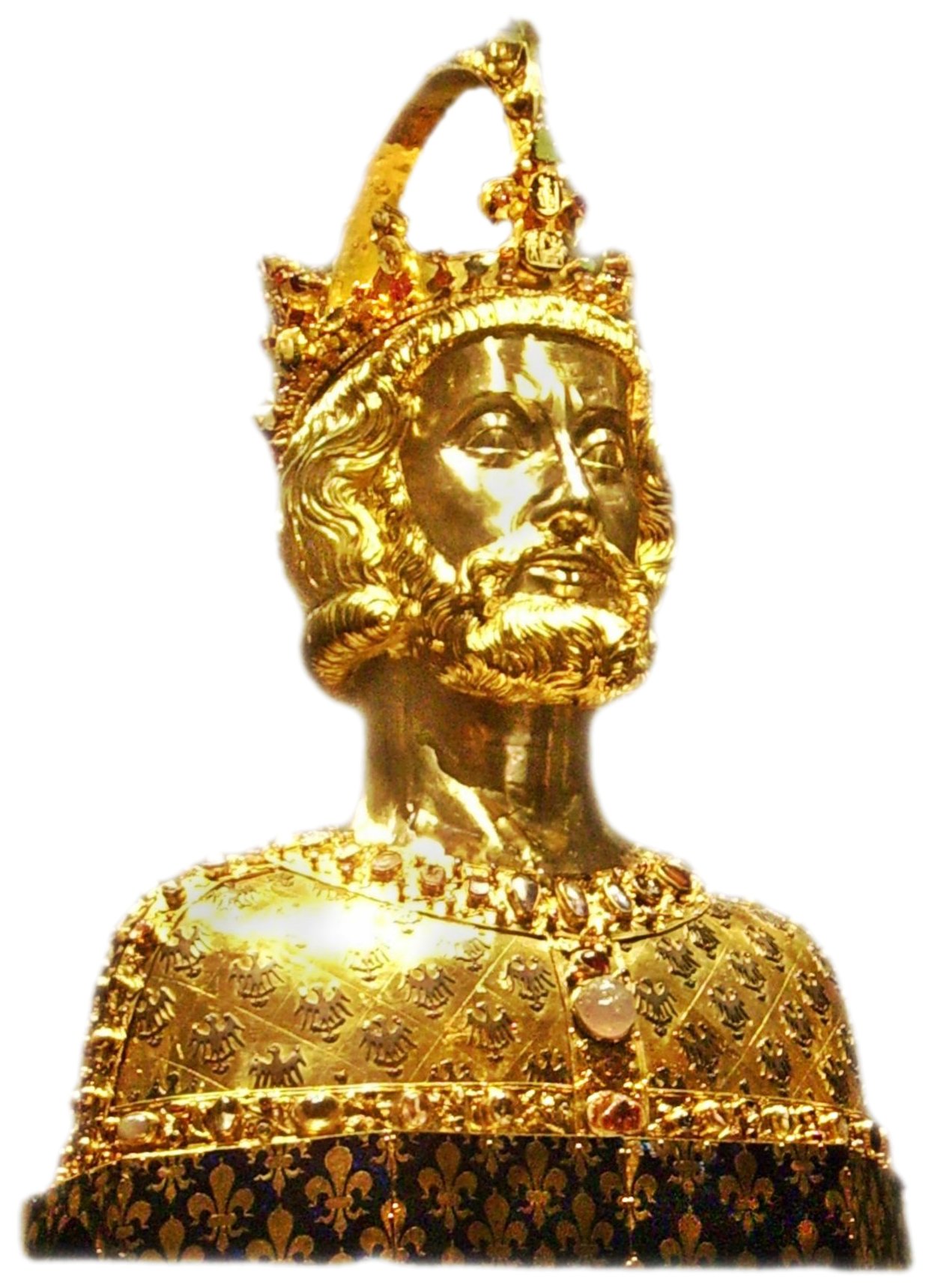



.jpg)


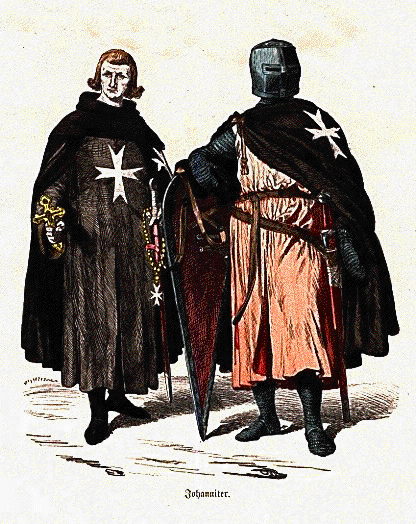

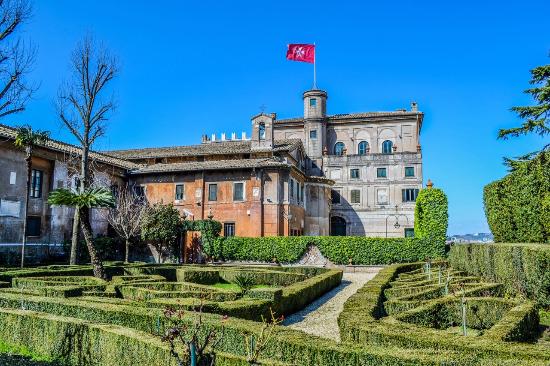


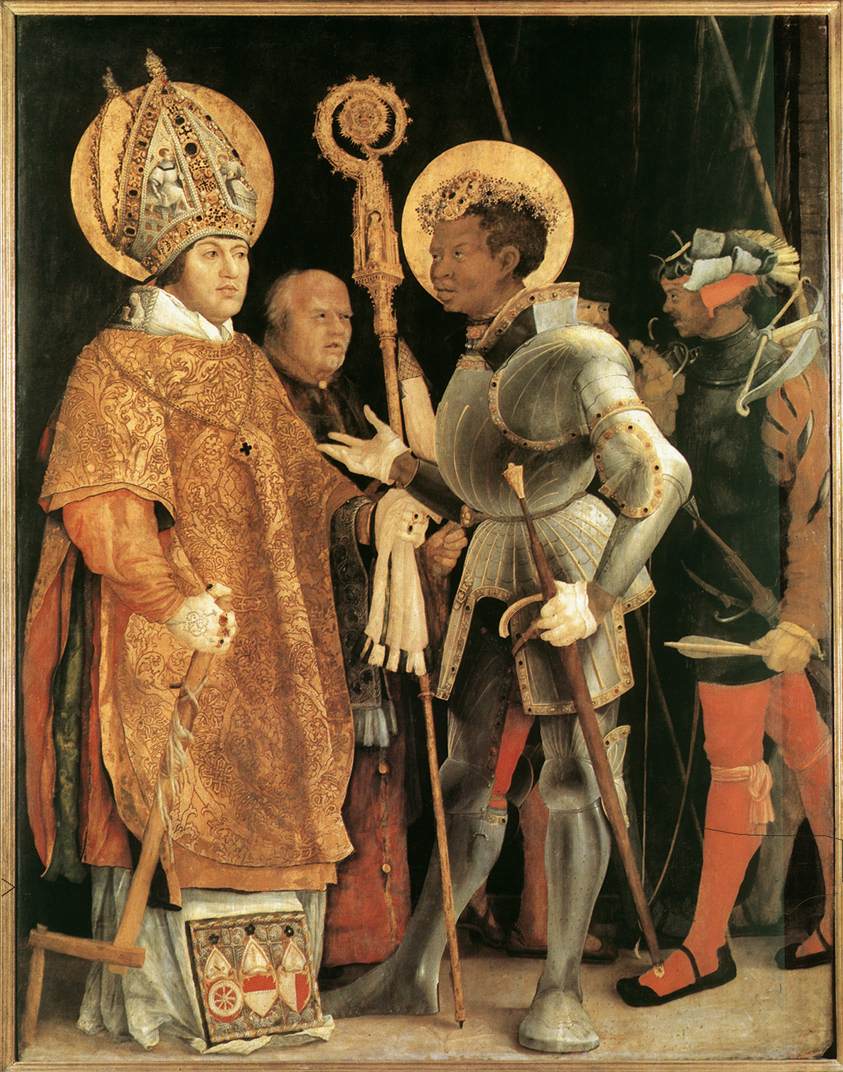
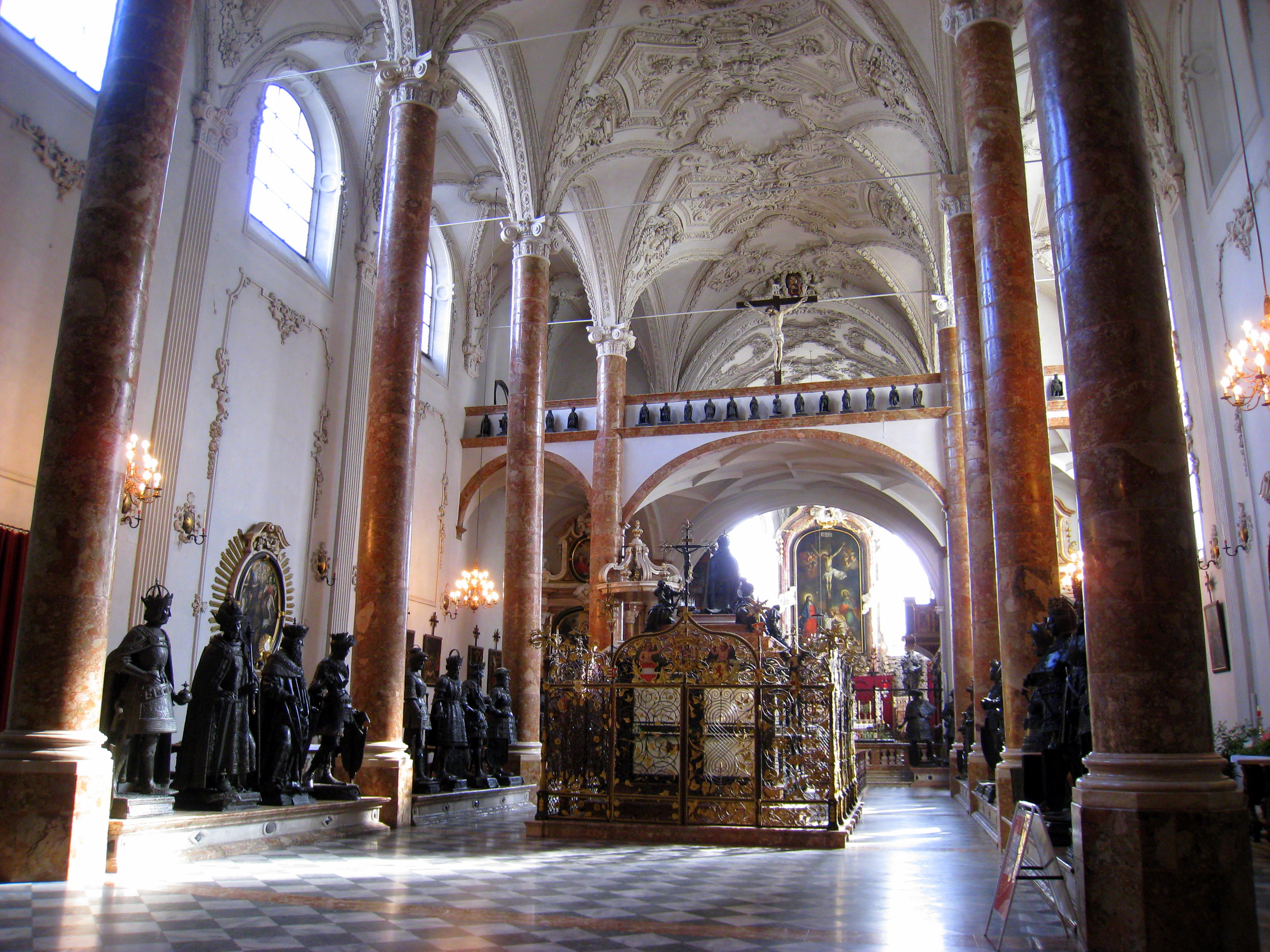


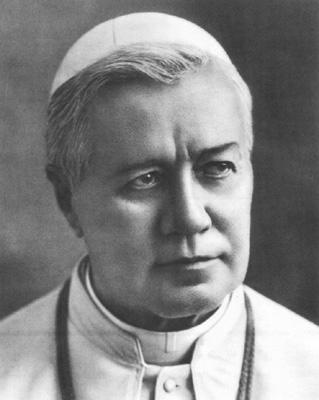






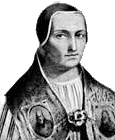







_-002.jpg/220px-Circle_of_Anton_Raphael_Mengs,_Henry_Benedict_Maria_Clement_Stuart,_Cardinal_York_(ca_1750)_-002.jpg)



No comments:
Post a Comment